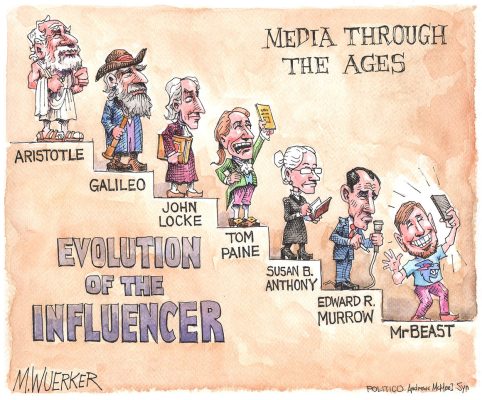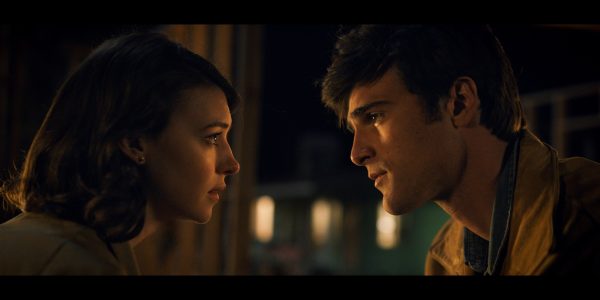
In ki ho’alu, the guitar strings are slacked in open tunings. These tunings provide the base for Hawaiian slack key guitar and free the musician’s hand to alter the guitar’s sound. In hula, this sound, rooted in Hawaiian chant, is brought again into the air by the dancers’ hands.
This Sunday in Redondo Beach the 8th annual Southern California Slack Key Festival will present not only the biggest names in Hawaiian Slack Key guitar, but the 2013 Merrie Monarch Miss Aloha Hula award winner Manalani English and her kumu, or teacher, Napua Greig. Greig will sing in her first performance on the mainland with three dance students from her hula school, Halau Na Lei Kaumaka O Uka in Maui.
“Hula is one of the most difficult traditional dances in the world,” Greig says. “Hula uses the hands as much as it uses the feet. Most dances use mostly the feet or mostly the hands. One or the other, but in hula the hands coordinate to words. It is the function of the hula dancer to bring to life the poetry in the words.”
Hula dramatizes the words of the oli, or chant, and the mele, or song. The hula dancer often sings, too.“Imagine running and singing at the same time,” Greig says, a bubbly laughter running up through her words. The girls in Greig’s halau have all danced since elementary school. There are over one hundred hula students in her halau. They meet at the beach at 7 a.m., run two miles, do calisthenics, and then hula. They practice hula in the sand in order to have sure footing on whichever stage they will perform.
Kahiko, ancient hula, brings to life the stories in traditional oli and mele. Auana, to wander, is hula with the modern influence of slack key guitar and ukulele — modern here meaning almost two hundred years old.
World renowned ki ho’alu artist Makana is celebrating twenty-five years of playing slack key this year at the Southern California Slack Key Festival. He brings his own style to the artform; he takes the techniques of slack key and pulls from a lot of different cultures.
Makana learned ki ho’alu from Bobby Moderow Jr, a protégée of Raymond Kane. He was also the last student of the slack key master Uncle Sonny Chillingworth before he passed away.
His music is not just about art, beauty, a sense of place, but about politics and social justice.
“It naturally finds its way into my music. I like using my art to benefit others.”
In slack key, Makana says, “…you really have three guitars. The open tuning lets you have alternating bass lines and play the rhythm and the melody with your fingers.”
“The guitar is first tuned to a chord, so that the guitar holding the chord becomes another hand.”
“In hula,” Greig says, “the key is to make the motions run together…weave together, so they make sense.”
The late Hawaiian slack key master, Dennis Kamakahi once said, “If you don’t know why a song was written then you miss its purpose.” Kamakahi, who performed at last year’s festival, passed this year and will be honored during Sunday’s performances.
Greig says hula’s choreography grows from a sense of place.
“I like to choose songs with very vivid imagery,” she says. “I like to visit the place the song is about…so I can make that place come alive.”
“I can tell if another choreographer hasn’t been to a place. A dancer doesn’t have to have necessarily been to a place, but they have to make the audience feel as if they both have.”
Greig chooses to choreograph songs with vivid imagery because the complex art of hula is an art of vivid movement, the dancer’s hands and feet and hips shaping a landscape and a story.
The hula dancer wears lei around her ankles, wrists, and chest. The lei are made of very specific kinolau, or plants. The kinolau she wears are the earth forms of the Hawaiian goddess Laka, the deity of fertility, the guardian of the woodland.
When I think of these plants, I think of a recording of an old Hawaiian song by Makana, “Deep in an Ancient Hawaiian Forest.” It is featured on his 2009 album Venus and the Sky Turns to Clay and was discovered by the producers of the Descendents, who then asked Makana to record it. There are no words in the song, but in the slack of Makana’s guitar there is room for place. One only has to close their eyes and they might be in the noon heat of where Makana goes hiking, Nu’u anu, the ocean breeze never far away. Or one might leave their eyes open and allow the hula dancer to bring the forest to life before them.

Greig describes the leis worn by hula dancers as not just a representation of a goddess. “She actually comes into that plant, not only to protect [the hula dancer], but to inspire…so she dances with us.”
The Southern California Slack Key Festival was founded by musician Mitch Chang eight years ago.
“It is the biggest ongoing Hawaiian show outside of Hawaii,” says Makana.
“But this doesn’t really happen, even in Hawaii, all of us playing together. We pair up people who don’t usually play together. We feature slack key.”
This year we can expect to see hula with the most endeared and celebrated slack key guitarists of our time: Ki ho’alu masters Cyril Pahinui, George Kuo, Jeff Peterson, Jim “Kimo” West, Makana, Danny Carvalho, Ken Emerson, Nathan Aweau, Jeff Au Hoy, and Peter Moon.
When I ask Napua Greig to tell the origin myth of the hula, I can hear her smile all the way from Maui on the telephone.
“I will tell you what I tell my students,” she says. “In Hawaiian worldview there is not only one right and one wrong. There are many origin myths. The more you know, the more you know.”
Come listen, watch, eat, and learn this Sunday at the Redondo Performing Arts Center. The marketplace opens at 2 p.m. with food and gifts. And the lineup will sway us late into the evening; the Pacific suggesting the sunlight is still slipping across those ever-close Hawaiian Islands.
Southern California Slack Key Festival. Sunday January 18th, 2015. Redondo Beach Perfoming Arts Center. Doors open at 2PM. Tickets range from $20-125 and may be purchased online or at the door. www.slackkeyfest.com.










